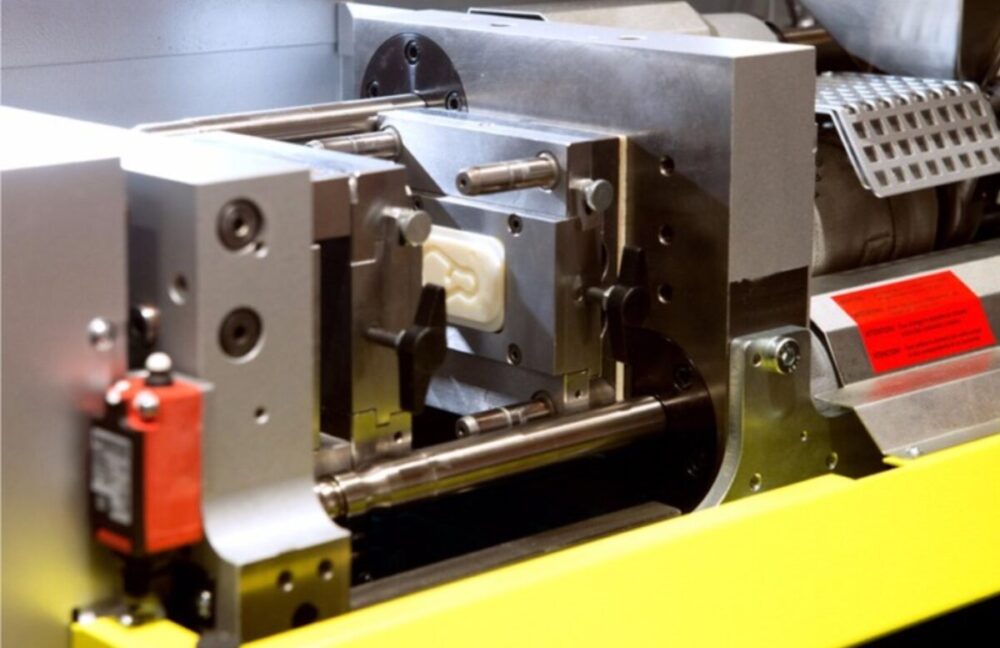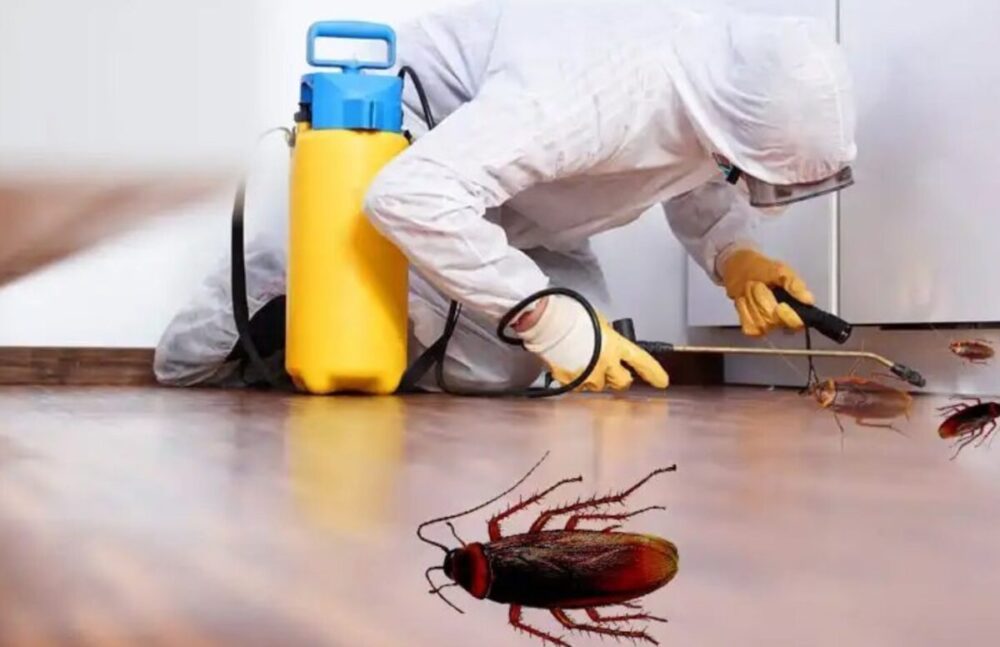Taking into consideration that there are thousands of materials you have to choose from, we understand that making this decision can be quite nerve-racking. Naturally, you want the items to be of the highest quality, and choosing the right material is the most important thing that you have to do in order to ensure that this is true.
Firstly, you have to know that are six materials that are commonly used – Polypropylene (PP), Polyamide (Nylon), Polycarbonate (PC), Acrylonitrile Butadiene Styrene (ABS), High Density Polyethylene (HDPE), and ABS + PC Blend. Other materials are variations of these, so we suggest you start by learning some basic features of these main ones. In addition, if after researching these, you feel like you need more information about the injection molding process, you can check this.
What to consider?
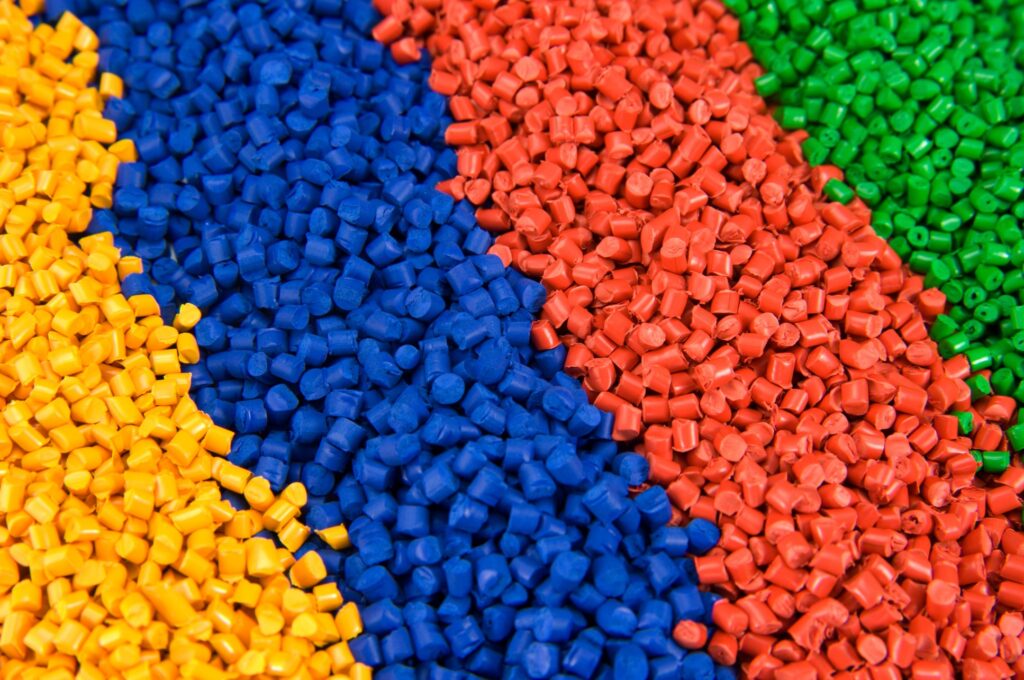
Let’s begin by telling you some questions that you have to ask yourself. By answering these, you will narrow down the possible materials that you can use and in the end, find the perfect one for your products.
Location – As you know, each of the above-mentioned materials has a specific set of features and not each of them is right for different types of conditions. What are we talking about? Some of them are resilient to heat and weather conditions, while others will decay quickly if left in damp surroundings.
Temperature – This one is quite similar to the location question, so we are not going to elaborate on it. Just consider whether it is going to be located outside, during summer and high temperature, or on the other hand, in a freezer or some other cold place.
Life span – How long do you plan on using this item? Maybe for 5 or 10 years, or even 20? Naturally, if you want to be certain that the product can be used for 15 or 20 years, you should focus on durable materials.
Design – What do we mean by design? First of all, what color do you want the item to be, or maybe you want it completely transparent? Secondly, how complex the design is i.e. are there many tiny details, patterns, and so on?
Cost – Obviously, before you start investigating any of these materials, you have to set a budget. The price between them can greatly differ, and in most cases, it depends on the accessibility of the material.
Significant features
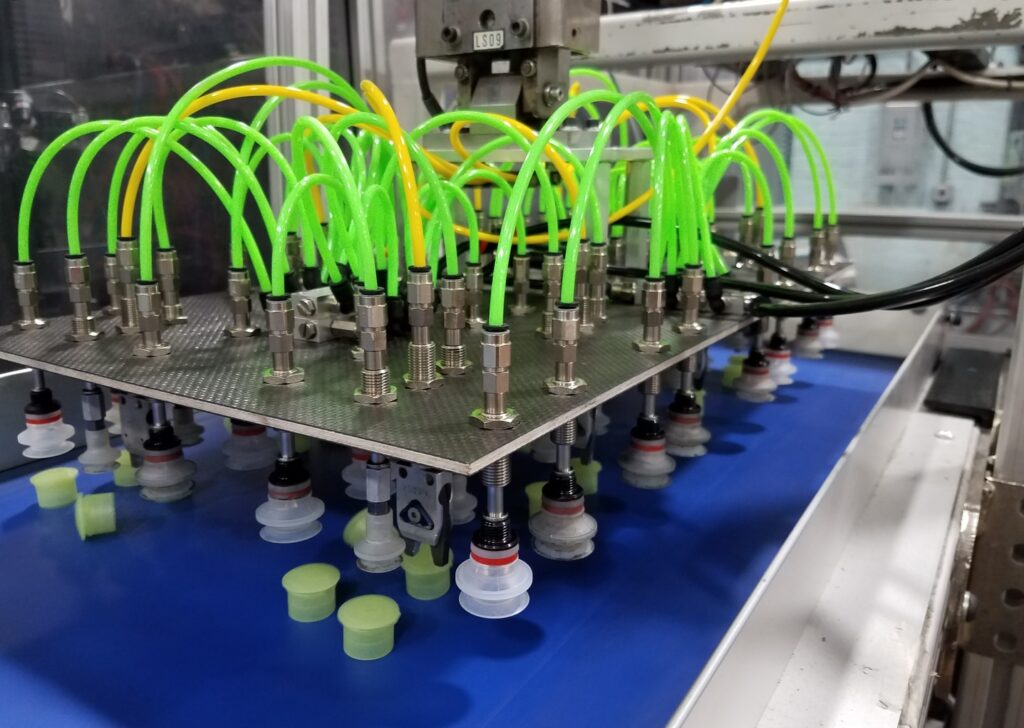
Now that we have given you some food for thought, we are going to discuss some important features that you should consider. The best thing that you can do is to make a list of features you need after answering the previously mentioned questions.
The hardness of the material is the first characteristic that you should think about. Why? Well by hardness we are actually talking about the item’s ability to resist any kind of damage caused by an outside force. This can be an important feature if you need your product to stay in top shape throughout its life span, but it is intended for daily use. For example, if this is the case, you should go with the PC since its hardness is the highest.
Flexibility is the second feature that can be of crucial importance. However, you have to understand that if a material is soft, it doesn’t mean that it is flexible. This is a common misconception and the reason why you might make a mistake when choosing injection molding material. In order to describe something as ‘flexible’, it has to be able to easily return to its original state after some sort of force affects it. This means that you can easily bend the item and that it won’t break or suffer any other kind of damage. For example, if you try to bend a ruler made of nylon it will most certainly break immediately.
Temperature resistance – We have already mentioned, a few times, how important this feature is, and we have also said that the first thing you have to think about is the future location of the item. As you surely know, some materials can melt at high temperatures or even burn. On the other note, others can become fragile if left in extreme cold. In the end, some of them are completely resilient to any kind of temperature.
Similarly, you cannot forget about UV light, if you are going to keep the item at the direct sunlight. Surely, you want it to maintain its shape, strength, and overall appearance. As you can see, this is another important feature to think about.
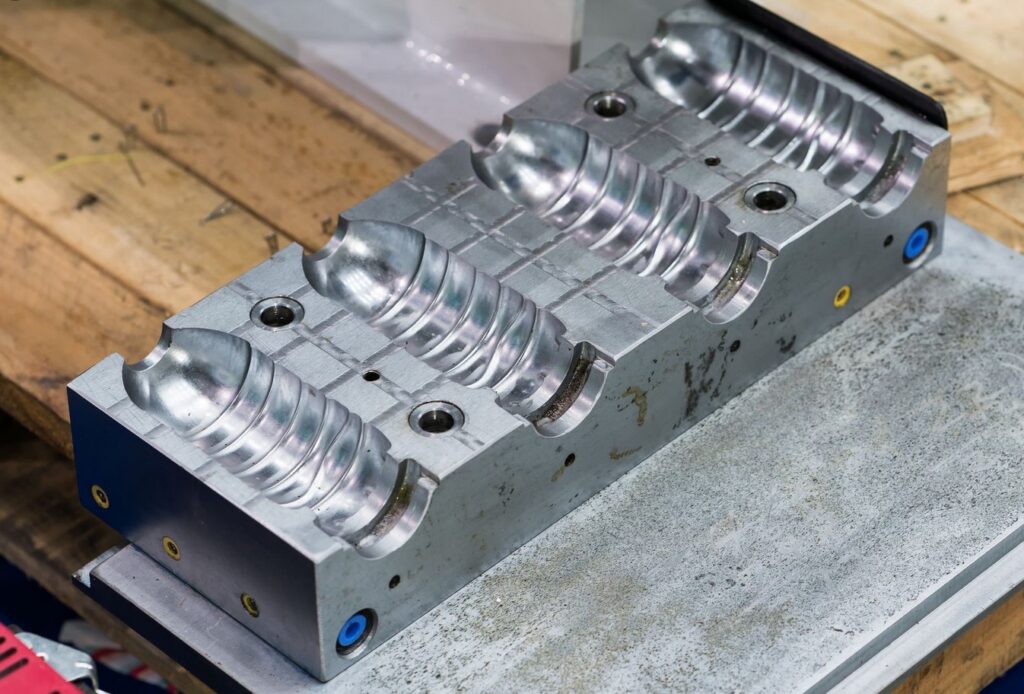
Weight – Once again, the importance of this feature depends on the purpose of the product. In some cases, it can be completely irrelevant, while in others it can greatly affect the success of the merchandise. Naturally, if you want to create something that people will use on a daily basis, and more importantly, that they will carry with them often, you have to go with light materials such as PP and HDPE. On the other note, if the item is quite big and bulky, and it is intended to stay in one place throughout its life span, then you can opt for other materials that weigh more.
Cost is the final thing that you have to think about. Surely, you have a price range that you do not want to exceed and multiple other expenses, but still, when it comes to choosing the right material for your product, you shouldn’t make this decision solely based on the price. Yes, we understand, you do not want to spend too much, so you have to go with something that you can afford, but our advice is to observe it as an investment. Simply put, when you sell merchandise that is of high quality, you won’t have any difficulties attracting customers and increasing the revenue. As your business grows, so will the profit, meaning that this is definitely an investment that is going to pay off in the future.

